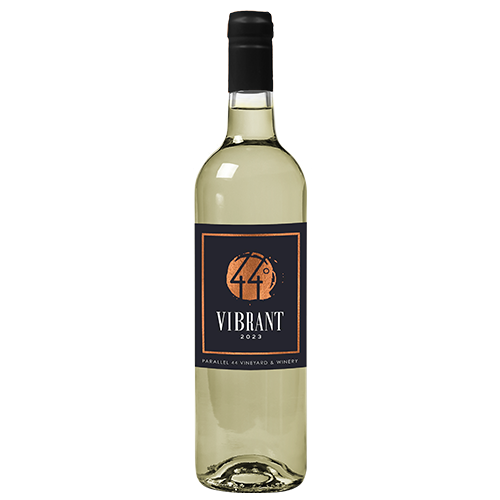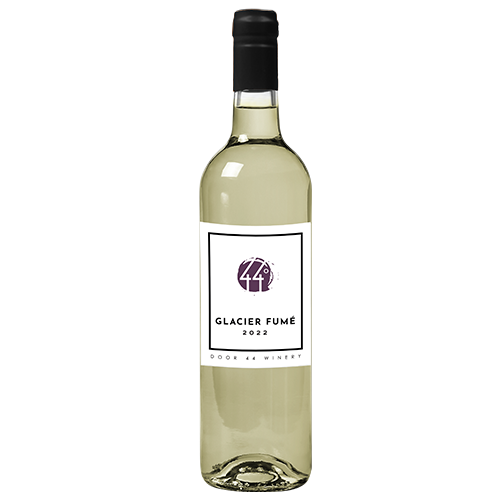
LEDGE BLANC
$18.99/BOTTLE
Tasting Notes: Bright, fresh, crisp, approachable white with lively acidity. Flavors of pear, kiwi, starfruit, honeydew melon, lemon meringue, with a touch of the limestone minerality characteristic of the WI Ledge.
Pairing: Due to its acidity, this wine pairs well with salty foods such as prosciutto and creamy foods such as our local Wisconsin artisanal cheeses.
Varietal: Itasca (38%), Frontenac Blanc (23%), St.Pepin (23%) & Lacrescent (16%)
Appellation: Wisconsin Ledge AVA
Vintage: 2023
Alcohol: 13.2%
RS: Dry
Award Highlights:
93 Points, Vintner’s Quality Alliance evaluation
Ledge Blanc is the signature wine born from a collaborative effort of four pioneering wineries of which 44 Wineries was one. These wineries voluntarily created a Vintner’s Quality Alliance (VQA)) to promote and elevate the quality of Wisconsin wine.
A VQA is a regulatory and appellation based system which guarantees the high quality and authenticity of wines from a certain region. The VQA system has been used in Canada and many countries in Europe including France, Spain, Italy, and Germany and now Wisconsin. This VQA was created to celebrate the unique terroir of our American Viticultural Area (AVA) known as the Wisconsin Ledge, and to ensure the wines with this designation meet certain quality criteria, including a rating of 90 points or greater. The boundaries of the Wisconsin Ledge AVA are from the tip of the Door Peninsula stretching down the Lake Michigan Shoreline to just north of Milwaukee.
Ledge Blanc is the inaugural VQA wine and must be crafted from one or all five of the following white grape varieties: Frontenac Blanc, Frontenac Gris, Itasca, La Crescent, and St. Pepin. All the grapes used must be grown in the Wisconsin Ledge AVA. The blend allows for a minority (up to 45%) inclusion of any other white grape cultivated in the Wisconsin Ledge, provided it does not stylistically alter the distinctive “Ledge Blanc” flavor profile.
Ledge Blanc is the best of and most emblematic expression of the Niagara Escarpment from its cooler summer climate influenced by Lake Michigan breezes to its glacial til limestone from 12,000 years ago.


